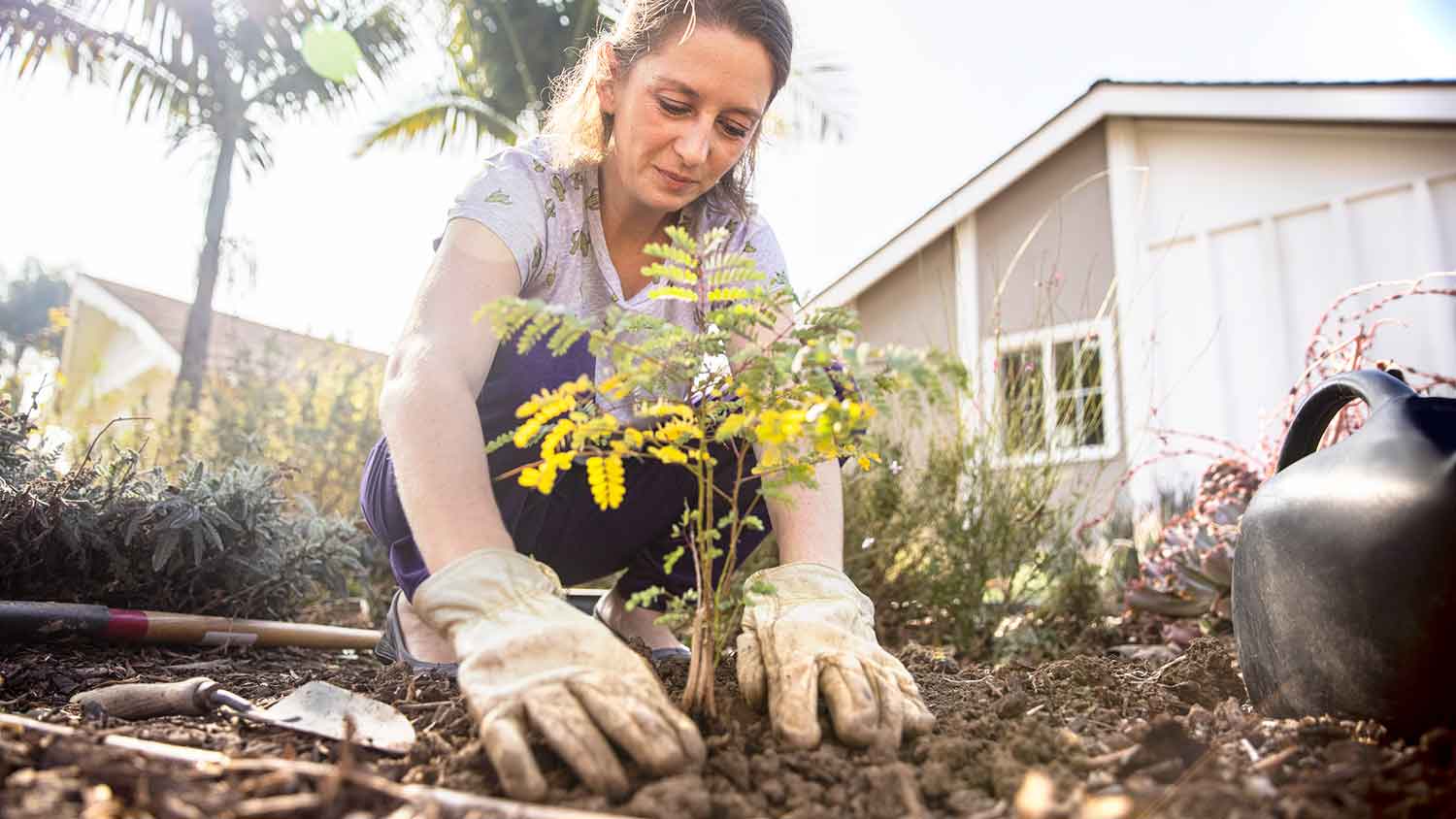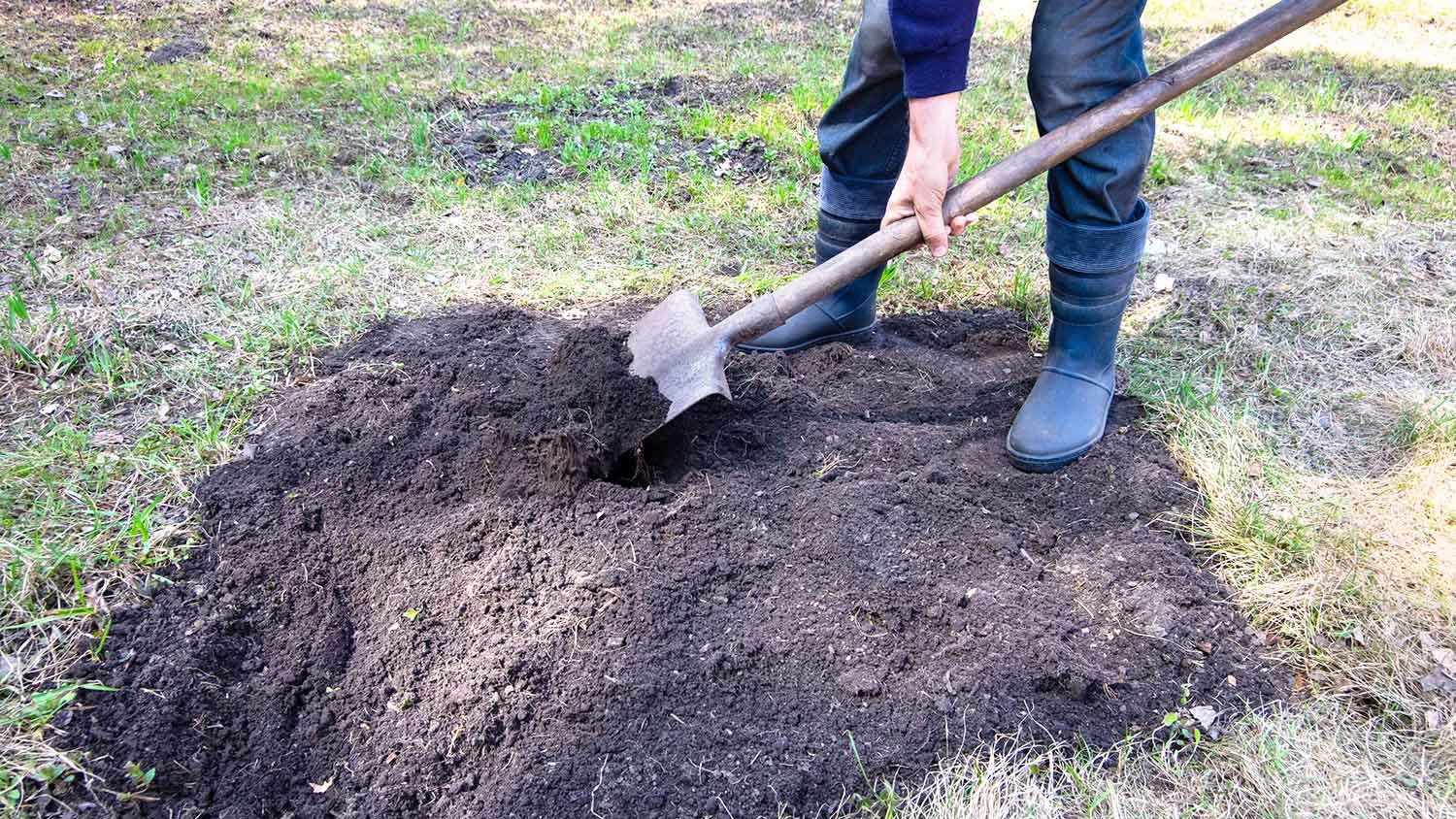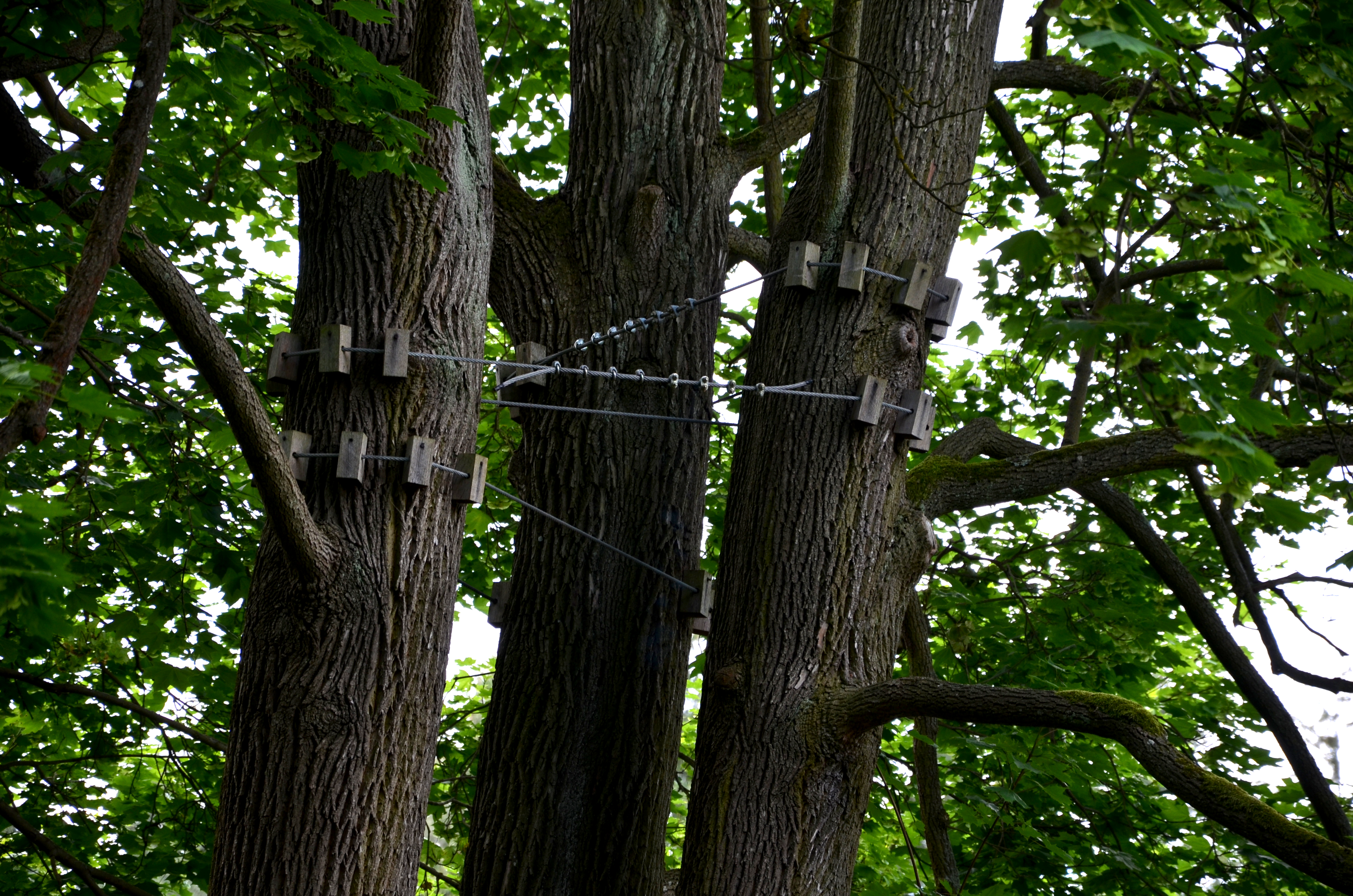
Discover what the current average tree removal cost is based on different factors to know how much it will cost to take care of a dead or troublesome tree on your property.
Replanting a tree after stump removal requires careful planning for healthy growth


Replanting a tree in the same spot as a previous stump can be difficult due to leftover roots and depleted soil.
Soil prep, including stump grinding cleanup and nutrient restoration, is key to the replanting process.
The same tree species shouldn’t be planted in the same area if there were pests or disease.
Alternatives like shrubs, flowers, or raised beds can also revitalize the space.
After you've removed a tree stump, what comes next? If you're thinking about planting a new tree in the same spot, you'll need to consider a few factors beforehand. Stump removal can leave compacted, nutrient-poor soil and lingering roots that make replanting tricky. It's usually better to plant in an area close to the old tree, but as long as you prepare the area correctly, you can create a healthy environment for a new tree.
You can plant a new tree in the same spot where the stump was removed, but it may be better to plant close by. That’s because replanting in this scenario may require extra effort to restore the soil’s heath, as it may be depleted. Furthermore, there is a possibility that the old tree's roots are still in the ground—without their removal, the new tree may not have enough nutrients to flourish. Plus, if the old tree had a disease or pest issue that spread to the soil, the same issues could infect and potentially kill the new tree.

If you must plant in the same area, follow a few essential steps to make your new tree more likely to survive. If you don’t need to plant immediately, wait a few years to allow the old tree's roots to decompose. It takes at least one to two years for the old roots to decompose to the degree that they won’t harm the new tree.
If the previous tree or stump had issues with a specific disease or pest, you should replant with a species that will not be affected by it. For example, if a Bradford pear tree was removed from your backyard due to fire blight, you wouldn’t want to plant a new apple or pear tree in that spot. Instead, you should plant a tree species that’s resistant to fire blight, such as a maple tree.
Before planting the new tree, prep the site by removing any remaining roots and sawdust from stump grinding that you can. If you need help removing the stump or its remnants, consult a local stump removal company.
Afterward, add topsoil and compost to fill the hole and refresh the area with healthy soil for the new tree to establish itself in. Once you’re ready to plant, dig a hole that’s at least two to three times bigger than the new tree’s root ball, removing air pockets as you go. Place the root ball inside and fill about two-thirds of the hole with loose soil. Next, fill the space remaining with water so the root and soil settle. Creating a ridge of soil around the tree’s root ball will help water flow properly.
The best trees to plant after stump removal are varieties that grow quickly, like maple, birch, or dogwood, or native trees suited to your region’s climate. You can also plant hardy shrubs like hydrangeas, azaleas, or lilacs for a colorful low-maintenance solution.
Another option for the area is grass or ground cover plants such as clover, creeping thyme, or periwinkle , all of which will help prevent erosion and stabilize the soil. For a non-plant option, consider a seating area or add a small structure like a pergola.
From average costs to expert advice, get all the answers you need to get your job done.

Discover what the current average tree removal cost is based on different factors to know how much it will cost to take care of a dead or troublesome tree on your property.

Tree inspections can ensure your trees stay healthy and safe, preventing costly damage. Learn how much tree inspections cost and what can affect the price.

Discover the average tree maintenance cost, key price factors, and tips to save. Get expert insights to plan your tree care budget with confidence.

Tree stumps can be unsightly trip hazards, but they can also have a new life. Learn how to hollow out a tree stump to repurpose it into a planter.

Cabling and bracing trees may help to increase longevity and prevent limbs from falling when trees are showing certain signs of distress.

What’s the best tree stump killer? Learn how to kill a tree stump using these seven effective methods.